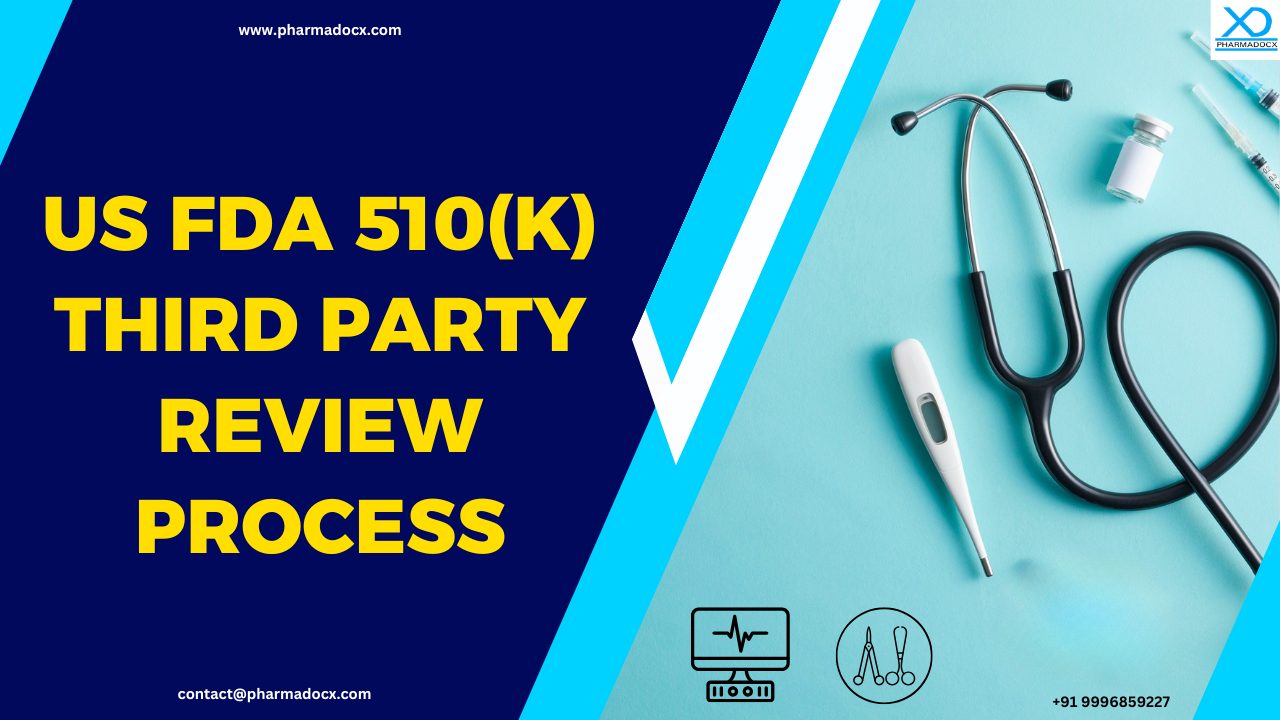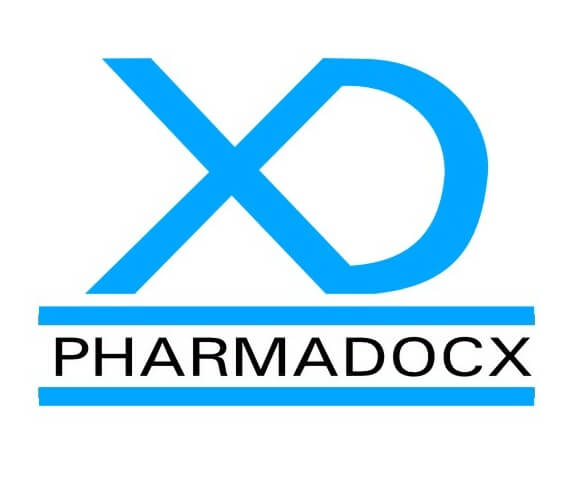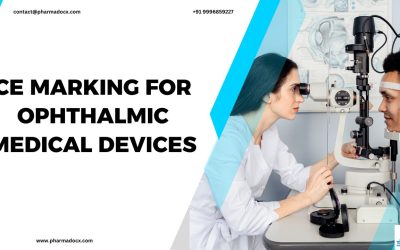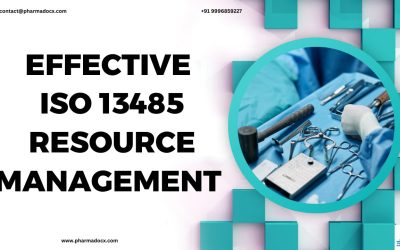The FDA 510(k) Third Party Review Program is a voluntary alternative review pathway. It allows accredited third-party organizations to review certain low- to moderate-risk medical device submissions instead of the FDA itself. The Third Party Review process helps reduce review time and reduce the burden on FDA. This process streamlines market access, especially for manufacturers of straightforward low risk devices. Thus, Third Party Review can accelerate timelines for straightforward devices.
What is the FDA 510(k) Third Party Review program?
To manage the high volume of 510(k) submissions from medical device manufacturers, the FDA has established the 510(k) Third Party Review Program. This initiative aims to streamline the review process for devices intended for substantial equivalence comparison. Additionally, it alleviates the FDA’s administrative burden as well as accelerates and streamlines decision timelines.
Under this voluntary program, formally known as the Accredited Persons Program, FDA-authorized Third Party Review Organizations (3P510k ROs) are permitted to assess select low- to moderate-risk medical devices. By delegating initial reviews to accredited third parties, the FDA can focus its resources on higher-risk devices. Simultaneously, it can maintain oversight of eligible submissions reviewed externally.
Notably, participation in the program is optional. Approximately 50% of qualifying 510(k) submissions are accepted through this pathway. Importantly, there is no FDA user fee associated with third-party review. The only financial transaction occurs between the submitter and the accredited review organization.
Eligibility for FDA 510(k) Third Party Review
- Only certain low- to moderate-risk medical devices types are eligible, as listed in FDA guidance.
- Devices must be listed in the FDA’s eligible device list for the program
- The devices must not require clinical data or raise novel scientific questions.
Key aspects of the Third Party Review
- Alternative review pathway: Third Party Review is an alternative review pathway for eligible Class I and Class II devices.
- Third party review organizations (3P510k ROs): Third party review organizations are accredited by the FDA to perform reviews that meet FDA standards.
- Review findings are submitted to the FDA: Third party review organizations submit their review findings to the FDA, which then makes the final determination.
Accredited Review Organizations (3P510k ROs)
- The accredited review organizations must meet FDA criteria for independence, technical expertise, and quality systems.
- Their reviews must follow FDA standards and formatting (e.g., eSTAR templates).
FDA oversight
- FDA conducts a streamlined review of the third party’s recommendation.
- If the third party’s review is complete and compliant, FDA typically issues a decision within 30 days.
5 key benefits
- Faster review times: Third parties often complete reviews more quickly than the FDA.
- Reduced FDA workload: FDA 510(k) Third Party Review reduces the workload on FDA. It helps the FDA focus on higher-risk or more complex submissions.
- Streamlined market access: Third Party Review streamlines the regulatory process and accelerates time to market. This pathway is especially useful for manufacturers with straightforward devices.
- Speed-to-market: Ideal for manufacturers seeking faster clearance for routine, well-characterized devices.
- Resource optimization: Helps regulatory teams manage submission volume without overloading internal reviewers.
Recent updates (November 2024) on Third Party Review process
- In November 2024, the FDA released an updated guidance clarifying the scope and expectations for third-party reviews.
- Early interaction with FDA will confirm eligibility and expectations.
- The guidance also introduced provisions for third-party Emergency Use Authorization (EUA) reviews during public health emergencies.
- How third parties may also assist with EUA reviews during public health emergencies is also mentioned in this update.
8 key differences between the traditional FDA 510(k) pathway and the Third Party Review (3P510k) pathway
| Feature | Traditional 510(k) | Third Party 510(k) |
| Reviewer | FDA directly reviews the submission | Accredited Third Party Review Organization (3P510k RO) reviews first, then FDA confirms |
| Eligible Device Classes | Class I & II (excluding exempt devices) | Select Class I & II devices listed in FDA’s eligible device list |
| Review Time | Typically 90 days or more | Often faster (30–60 days), depending on the third party |
| FDA Involvement | Full review and decision-making | Final decision made by FDA based on third-party recommendation |
| Submission Portal | CDRH Customer Collaboration Portal (CCCP) or eSTAR | Submit to third party, who then forwards to FDA via CCCP/eSTAR |
| Fees | No FDA user fee for 510(k); internal costs vary | Third party charges review fees (varies by organization) |
| Best Use Case | Complex devices, novel technologies, or those requiring clinical data | Well-understood, low- to moderate-risk devices with clear predicates |
| Regulatory Control | Full FDA oversight | Shared oversight; FDA retains final authority |
FDA 510(k) Third Party Review process
The 510(k) submission process is inherently device-specific and cannot be approached with a one-size-fits-all mindset. Requirements and procedural steps vary based on factors, such as the device code, applicable regulation number, and intended use. To navigate these nuances effectively, it is essential to collaborate closely with a regulatory consultant. We at Pharmadocx Consultants will ensure all regulatory expectations are thoroughly addressed and compliance is maintained throughout the submission lifecycle. Our team will provide guidance on whether the FDA 510(k) Third Party Review process will be suitable for your medical device.
Step 1: Determining eligibility for FDA 510(k) Third-Party Review
To assess whether a 510(k) submission qualifies for review under the FDA’s Third-Party Review Program, submitters may take the following steps:
- Consult the FDA’s list of eligible devices to verify if the product code is included (most Class I and Class II devices are eligible).
- Search the FDA Device Classification Database to confirm regulatory classification and eligibility.
- Engage an FDA-accredited Third-Party Review organization or submit a 510(k) Request Proposal Form for preliminary assessment.
- Contact the FDA directly for guidance on eligibility and next steps.
Step 2: Finding an FDA-Accredited Third-Party 510(k) Review organization
To identify and contact organizations authorized to conduct third-party 510(k) reviews, submitters can follow these steps:
- Visit the FDA’s List of Devices for Third-Party Review:
- Scroll to the bottom of the page and select the relevant device type.
- A table will appear showing regulation names and product codes.
- Click on the applicable product code to view detailed information, including a list of eligible third-party review organizations for that device category.
- Review the FDA’s Directory of Accredited Persons:
- This list provides the names of all FDA-accredited third-party review organizations.
- It includes each organization’s scope of accreditation, i.e., the device types they are authorized to review, as well as their contact details for direct engagement.
Step 3: Receive a quote for Third-Party 510(k) review
The cost of a third-party 510(k) review is established through a direct agreement between the submitter and the accredited review organization. Payment is made solely to the third-party reviewer. Notably, the FDA does not collect any user fees for submissions processed under this program.
Step 4: Submitting the 510(k) via a Third-Party Review Organization
To initiate an FDA 510(k) Third Party Review, the submitter must provide a formal authorization letter permitting the accredited review organization to communicate with the FDA and submit the 510(k) on their behalf. This letter should include:
- The name of the third-party 510(k) review organization
- The name and contact details of the assigned reviewer
- The trade name of the device
In addition, the complete 510(k) submission must be prepared in the necessary format specified by the guidelines. This includes all supporting data, summaries, and analyses.
Third-party review organizations are required to apply the same standards and criteria used by the FDA when evaluating 510(k) submissions. To ensure alignment with the latest regulatory expectations, the review process may involve early engagement with the FDA and could include requests for additional information from the submitter.
Once the third-party review organization completes its assessment and compiles all necessary documentation, it forwards the full submission package to the FDA. This includes:
- The original 510(k) submission
- The third-party review report
- A formal recommendation of either Substantially Equivalent (SE) or Not Substantially Equivalent (NSE)
The FDA then conducts a final review and issues a decision. Under the Medical Device User Fee Amendments (MDUFA) timeline, the FDA aims to render its decision within 30 days of receiving the third-party recommendation.
Thus, the FDA 510(k) Third Party Review process aims to fast track the 510(k) review process. Need guidance with 510(k) review process? Email at [email protected] or call/Whatsapp on 9996859227 to avail our comprehensive service.





